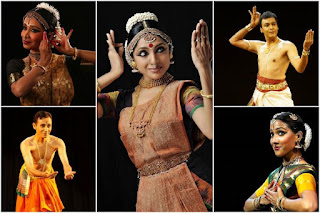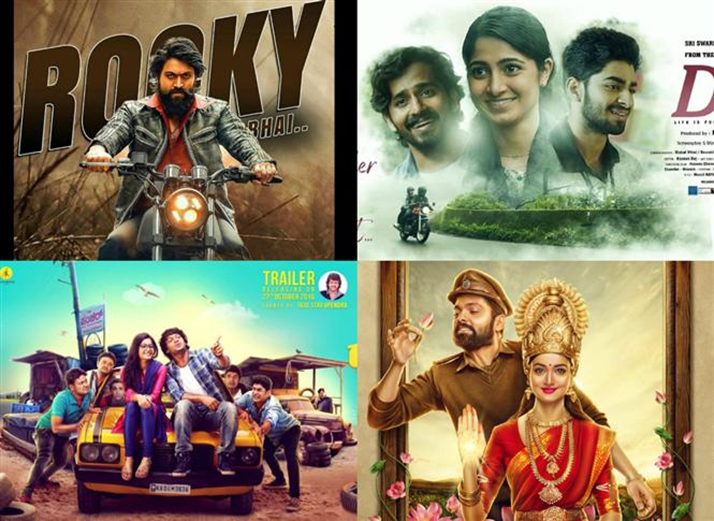West Bengal is a state in the eastern region of India and is the nation's fourth-most populous. The state capital is Kolkata. The state encompasses two broad natural regions: the Gangetic Plain in the south and the sub-Himalayan and Himalayan area in the north. The tourism in West Bengal is maintained by WBTDCL, a state government owned enterprise.
West Bengal, located on eastern bottleneck of India stretching from the Himalayas in the north to the Bay of Bengal in the south, presents some of marvelous landscape features and natural scenic beauty. Some of India's most preferred travel destinations like; the Darjeeling Himalayan hill region in the northern extreme of the state, the highest peak of the state Sandakphu (3,636 m or 11,929 ft) and the Sundarbans mangrove forests in the extreme south.Currently Bollywood star Shah Rukh Khan is the brand ambassador of West Bengal Tourism. The promotional films on West Bengal have been directed by Shah Rukh Khan Indian National Award winning filmmaker Aniruddha Roy Chowdhury.
The culture of West Bengal attracts tourists from around the world. It has its roots in literature, music, fine arts, drama and cinema. The Darjeeling Himalayan hill region shows a different cultural aspect. Rabindranath Tagore is Asia's first Nobel laureate and composer of India's national anthem. Swami Vivekananda was a key figure in introducing Vedanta and Yoga in Europe and the USA.[29] They all belong from West Bengal, and their houses and residencies like Shantiniketan and Jorasanko Thakur Bari are world-famous and attract many tourists.
West Bengal also has a long tradition of popular literature, music and drama largely based on Bengali folklore and Hindu epics and Puranas.Rice and fish are traditional favourite foods, leading to a saying in Bengali, machhe bhate bangali hat translates as "fish and rice make a Bengali".Bengal's vast repertoire of fish-based dishes includes hilsa preparations, a favourite among Bengalis. There are numerous ways of cooking fish depending on the texture, size, fat content and bones.
Sweets occupy an important place in the diet of Bengalis and at their social ceremonies. It is an ancient custom among both Hindu and Muslim Bengalis to distribute sweets during festivities. The confectionery industry has flourished because of its close association with social and religious ceremonies. Competition and changing tastes have helped to create many new sweets. Bengalis make distinctive sweetmeats from milk products, including rôshogolla, chômchôm, kalojam and several kinds of sondesh. Pitha, a kind of sweet cake, bread or dim sum are specialties of winter season. Sweets like coconut-naru, til-naru, moa, and payesh are prepared during the festival of Lakshmi puja. Popular street food includes aloor chop, beguni, kati roll and phuchka.
West Bengal also offers a spiritual experience as it is home to several pilgrimage destinations. One amongst them is Gangasagar. It is visited by thousands of pilgrims and visitors, as it is believed that taking a dip here cleanses one of all sins. Belur Math is also a famous place for seekers of spiritualism, and is mostly associated with Swami Vivekananda and Ramakrishna Paramhansa. It is the headquarters of Ramakrishna Math and Ramakrishna Mission. Among other things, you can see the room where Swamiji lived and worked. Dakshineswar and Kalighat are also famous pilgrimage destinations.
West Bengal is as much a historical destination as a cultural one, and there are several cities where you can observe its fascinating past. The various structures dotting these towns and cities trace their origins to the medieval and colonial era. One of these is Murshidabad, a city famous for its silk and its opulence. There are several places of historical interest like Hazarduari Palace, Nasipur Palace, Nizamat Imambara, Jahankosha Cannon and Khosh Bagh.














.jpg)


.jpg)


